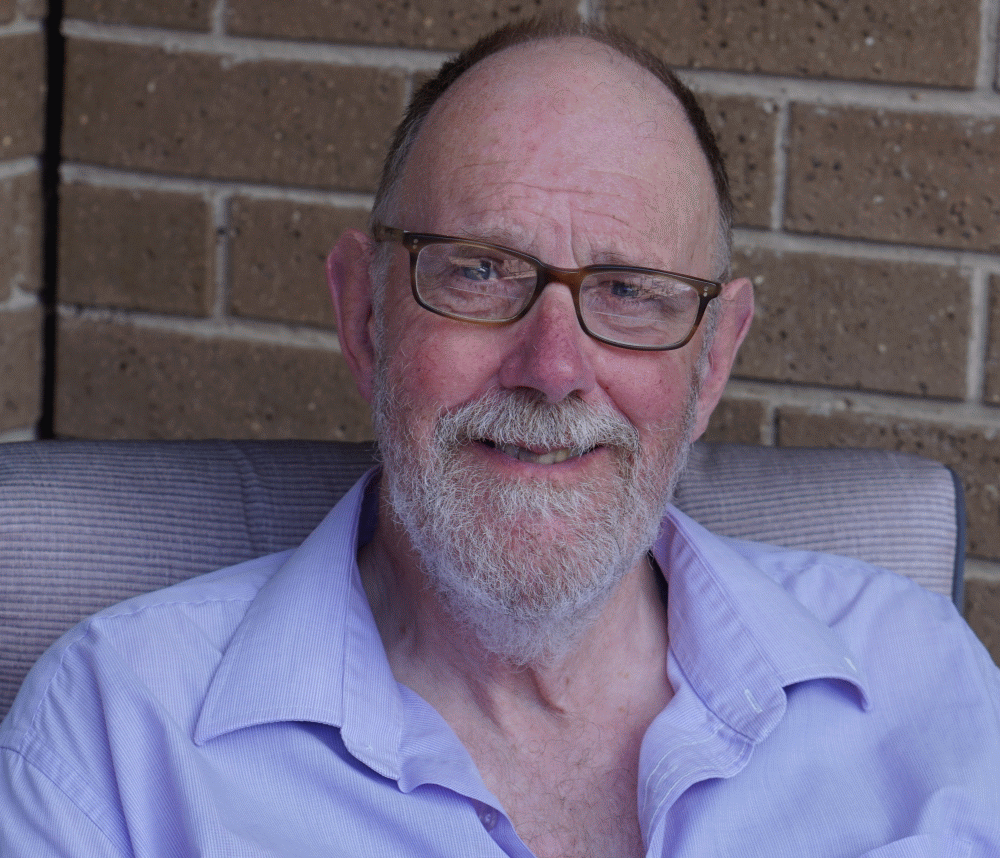The life of Greg Sherman
Read MoreAlan Bartram is a third generation opal miner and a long standing member of the opal industry, he was recently awarded the honour of “Medal of the Order of Australia” (OAM) in the Kings Birthday honours list June 2025.
Read MoreAndamooka township is located 640 kilometres by road north of Adelaide and approximately 110 kilometres north east from Woomera on the road to Roxby Downs and almost on the western shore of Lake Torrens in South Australia. The opal was discovered in “floaters” after an outback thunderstorm.
Read MoreOpal Academy examines a specimen of magnetic ironstone boulder matrix opal.
Read MoreThe township of Coober Pedy is situated on the edge of the Stuart Range in South Australia, 838 kilometres by road north of Adelaide. Presented here is a short discussion about one of Australias largest opal producing fields.
Read MoreTully Cornwaith Wollaston - Father of the Australian Opal Industry
Read MoreA short biography of Karen Lindley AM
Read MoreA discussion regarding the occurrence of precious opal in Ethiopia
Read MoreDon Completed his Doctorate at the Colorado school of mines, and spent many years employed with the USGS. Whilst I am not sure of the exact time I came in contact with Don, we shared a mutual enthusiasm for gemology, geology and specifically precious opal.
Read MoreLAurie Aldridge began his scientific career working on the structure of zeolites using X-Ray diffraction (XRD) at the university of Otago in New Zealand.In 1990 Laurie moved to Australia to work at ANSTO specializing in cement chemistry and the structure of minerals and clays. More recently Laurie has joined with my self (Anthony Smallwood) and Paul Thomas (UTS) to study precious opal structure.
Read MoreBoris Chauviré is an international opal researcher operating from his home country in France. Boris has spent much time as a field gemmologist in Ethiopia, documenting the occurrence, and geology of this more recent precious opal occurrence Boris’s research is an invaluable contribution to opal science.
Read MoreWhite Cliffs Opal field and township is located approximately 95 kilometres North North West of the township of Wilcannia in NSW. Wilcannia is located on the Darling River and Barrier Highway some 192 kilometres east of Broken Hill or 980 kilometres west of Sydney in Parish of Kirk, County of Yungnulgra.
Read MoreScientist Neville Curtis, primarily researching the silica polymorphs Opal-AG, Opal-AN and Opal-CT
Read MoreThe township of Lightning Ridge NSW, originally named Wallangulla, is located 750 kilometres North West of Sydney and just off the Castlereagh Highway in the Counties of Finch and Narran.
Read MorePrecious black opal is an exquisite gemstone, opal is often referred to as “the Queen of Gems”
Read MoreThis mineralogical text provides the most up to date description of opal and opaline silica for its time, published in 1962, only a few years before Australian scientists discoveries of the structure of precious opal.
Read MoreRecently there was some discussion on the Australian National council of Jewellery valuers about opal on Mars. We have prepared this post with the knowledge we presently have available. Comments welcome
Read MorePrecious hydrophane opal is a variety of precious opal (opal that shows a play-of-colour) that is absorbent. Typically it absorbs water, however the porosity of the material also is indicative of the material being susceptible to absorbing other colouring agents. As such it poses a difficulty for gemmologists in identification procedures.
Read MoreA series of archived photographs from the Sherman family archives showing the history of Coober Pedy in the 1930’s
Read More



















